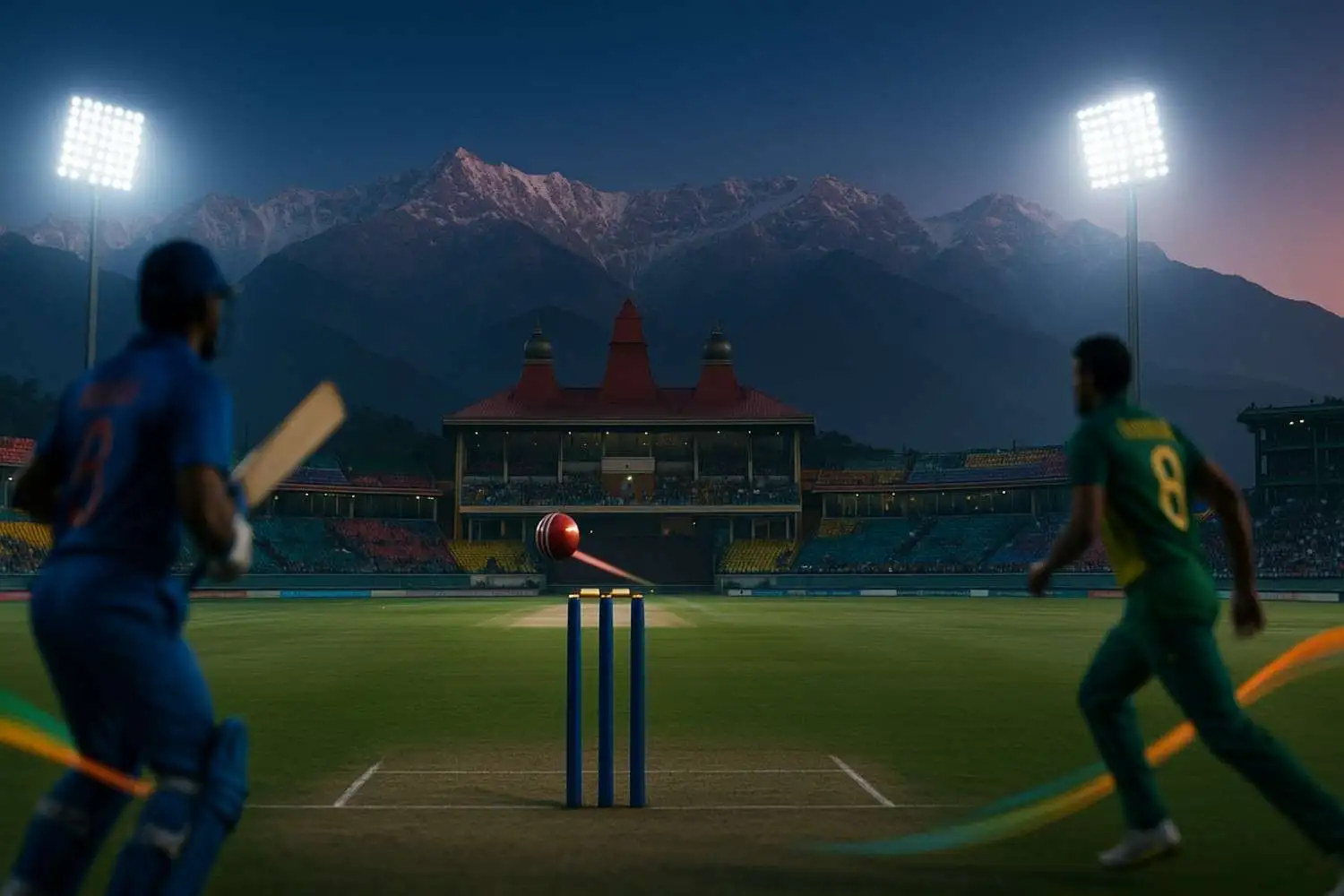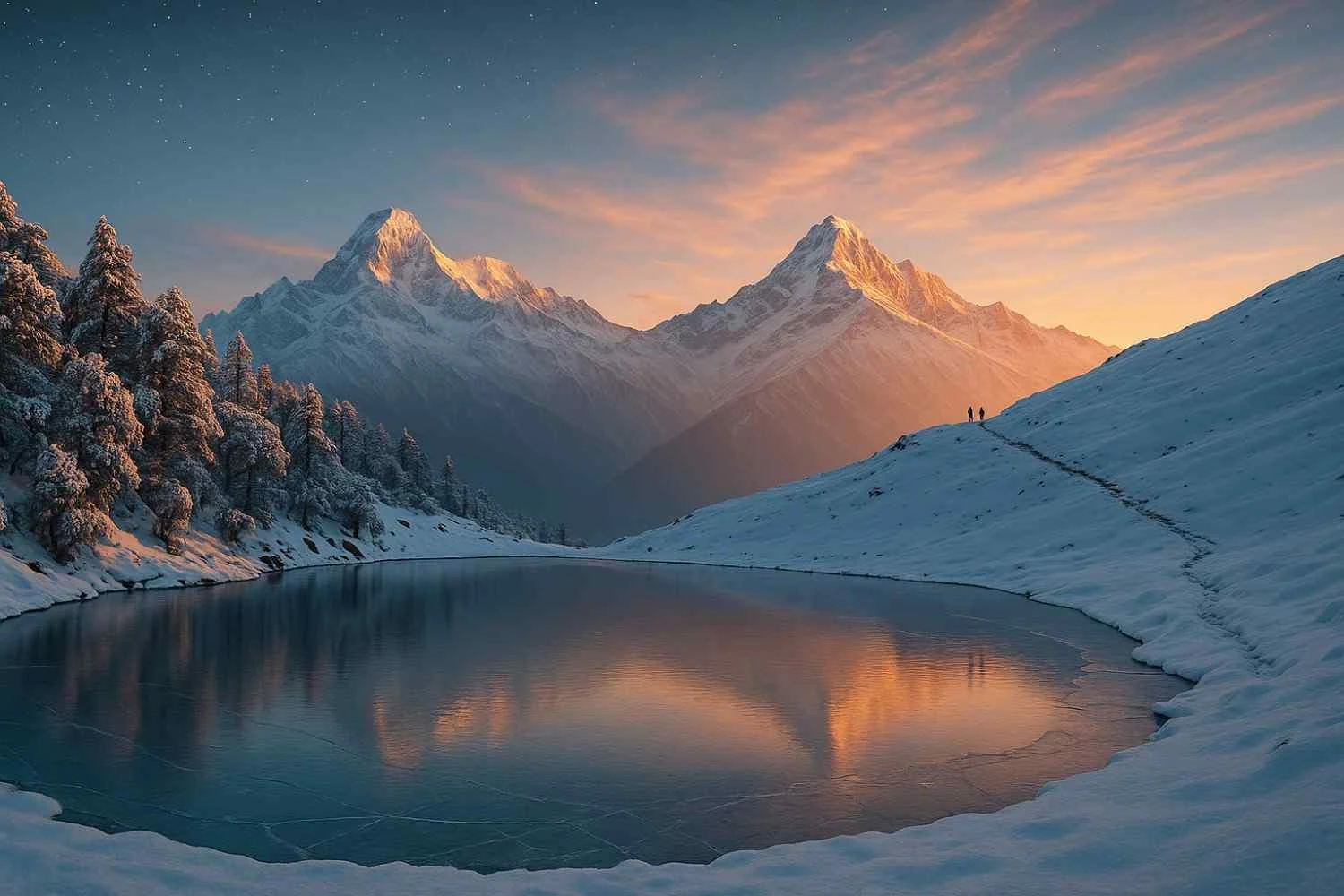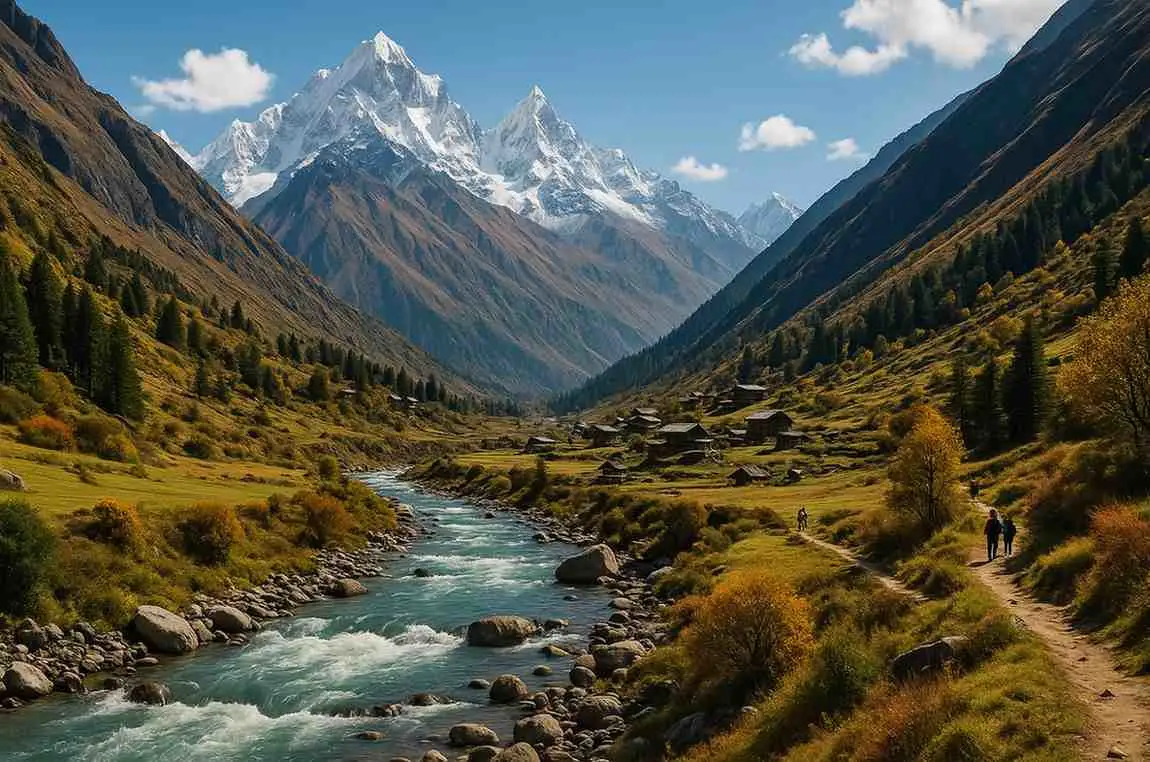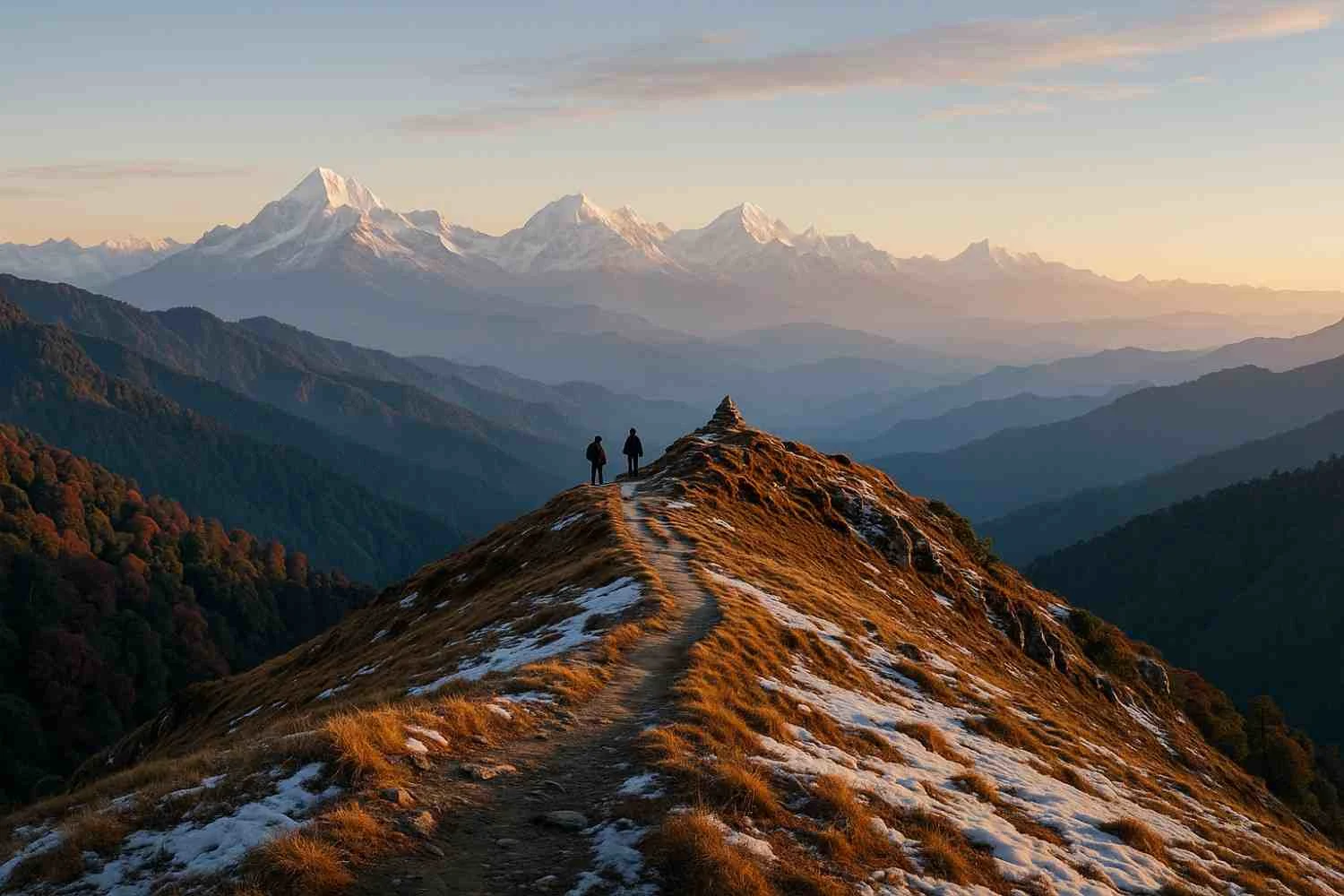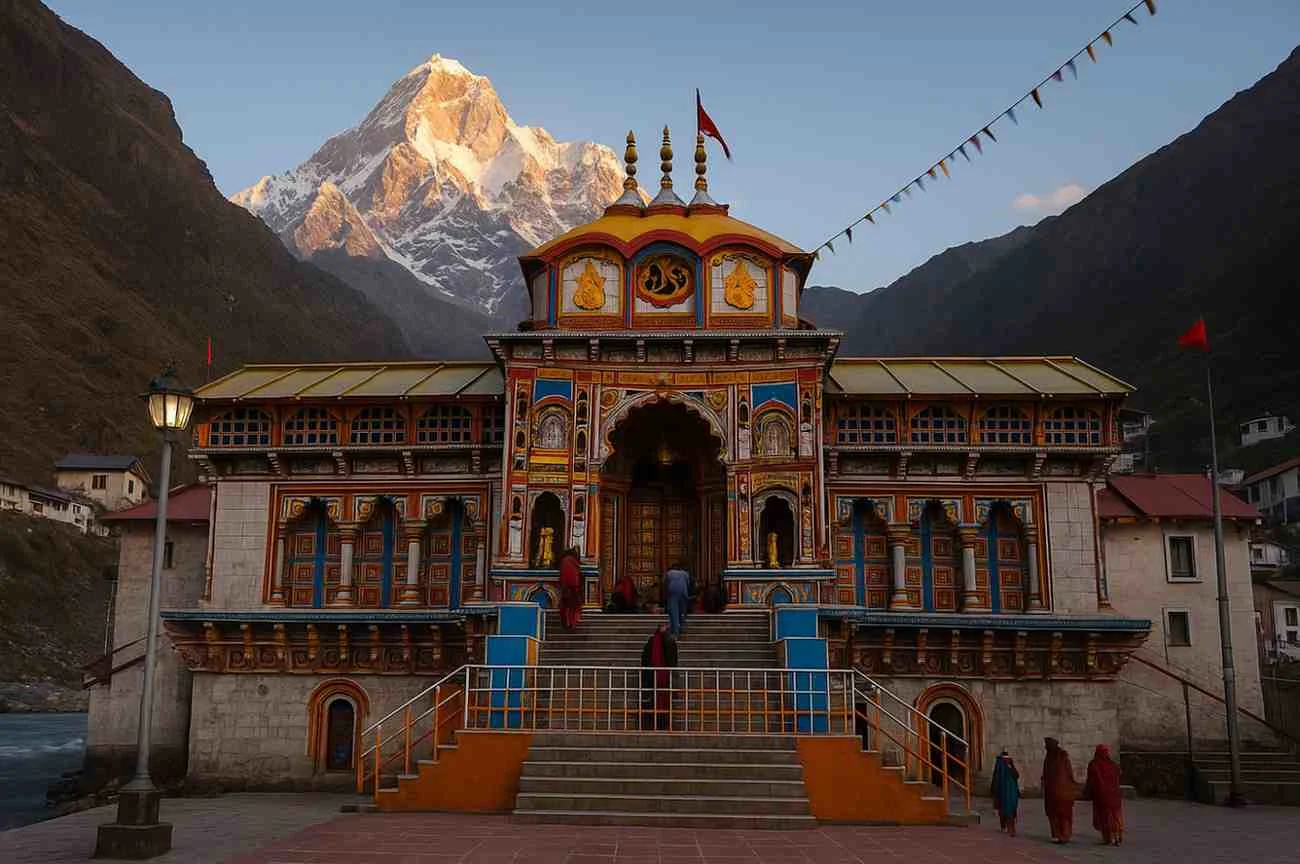Malana Village, tucked in the Parvati Valley of Himachal Pradesh, is one of India’s most mysterious villages — known for its unique no-touch rule, ancient self-governance, and serene Himalayan views. Outsiders are not allowed to touch locals, their homes, or temples. Respecting these customs is essential while exploring this ancient settlement near Kasol.
What Makes Malana Village Famous?
Malana is renowned for being one of the oldest democracies in the world, believed to have been established long before modern India.
Locals claim descent from Alexander the Great’s soldiers, which adds to the mystique. The village’s isolation and ancient customs have helped preserve a distinct culture and dialect known as Kanashi.
Why Is Touching Forbidden in Malana?
The famous “no-touch” rule comes from the belief in ritual purity and the sacredness of their community.
Visitors are prohibited from:
- Touching locals or their homes
- Entering temples or sacred areas
- Handling goods directly — transactions happen by placing money on the ground or a wooden plank
Breaking these customs can result in a fine decided by the village council (Jamah). This rule is strictly observed to maintain the community’s spiritual sanctity.
How to Reach Malana Village
- Nearest Town: Jari (21 km from Kasol)
- Base Point: Malana Gate (reachable by taxi from Jari)
- Trek Distance: ~4 km uphill (takes about 1–1.5 hours)
- Nearest Airport: Bhuntar (32 km away)
- Nearest Bus Stop: Jari or Kasol
Tip: Carry water and light snacks — the trek is scenic but steep.
Best Time to Visit Malana Village
| Season | Months | Highlights |
| Autumn | September – November | Lush greenery and clear skies |
| Winter | September – November | Lush greenery and clear skies |
| Monsoon (Avoid) | December – February | Snowy peaks but freezing temperatures |
Ideal Months: April, May, October — perfect for comfortable weather and peaceful views.
Where to Stay Near Malana
Accommodation inside Malana is not permitted for outsiders.
You can stay at:
- Kasol: Backpacker hostels, riverside cottages
- Jari: Budget hotels and local homestays
- Rasol / Chalal: Trekking base for peaceful stay
Dos and Don’ts for Tourists
Dos
- Respect local customs and traditions
- Ask before taking photos
- Stay quiet inside the village
- Support local businesses respectfully
Don’ts
- Don’t touch people, walls, or temple structures
- Don’t litter or play loud music
- Don’t argue about rules — the customs are centuries old
History and Culture of Malana
Malana’s governance is based on the Jamah system, where villagers make collective decisions through a council — a unique form of direct democracy.
The local deity Jamlu Devta is considered the protector of the village.
Despite modernization, the people of Malana have held tightly to their traditions, ensuring their heritage remains intact.
Nearby Attractions
- Kasol (21 km): The hippie paradise of Parvati Valley
- Tosh Village: Trekker’s favorite
- Manikaran Sahib: Famous Gurudwara with hot springs
- Kheerganga Trek: Popular short Himalayan trail
FAQs
What is Auli famous for?
Skiing, the Auli Ropeway, panoramic Himalayan views (Nanda Devi, Trishul, Kamet), and gentle meadows like Gurso Bugyal.
How to reach Auli from Rishikesh or Haridwar?
Drive or take a bus/taxi via Srinagar–Rudraprayag–Karnaprayag–Chamoli to Joshimath. From there, ride the ropeway (when running) or drive up to Auli.
What is the best time to visit Auli?
- Dec–Mar for snow and skiing
- Apr–Jun for clear skies and treks
- Jul–Sep for lush monsoon landscapes
- Oct–Nov for autumn clarity and fewer crowds
Can beginners do skiing in Auli?
Yes. Auli is perfect for beginners with instructors, gear rentals, and forgiving slopes.
How high is Auli above sea level?
Around 2,800 meters (the surrounding viewpoints and bugyals go higher).
Is there snowfall in Auli every year?
Generally yes across winter, with January–February the most reliable months.
What are the top things to do in Auli?
Skiing/snowboarding, Auli ropeway rides, Gurso Bugyal trek, Chenab Lake hike, camping, Tapovan hot springs, and photography.
Which are the nearest tourist places to Auli?
Joshimath, Valley of Flowers (via Govindghat), Badrinath–Mana, Nanda Devi biosphere buffer, and Tapovan Hot Springs.
Is the Auli Ropeway open throughout the year?
It typically operates most of the year but can halt due to high winds, low visibility, or maintenance. Always check locally on the day you plan to ride.


